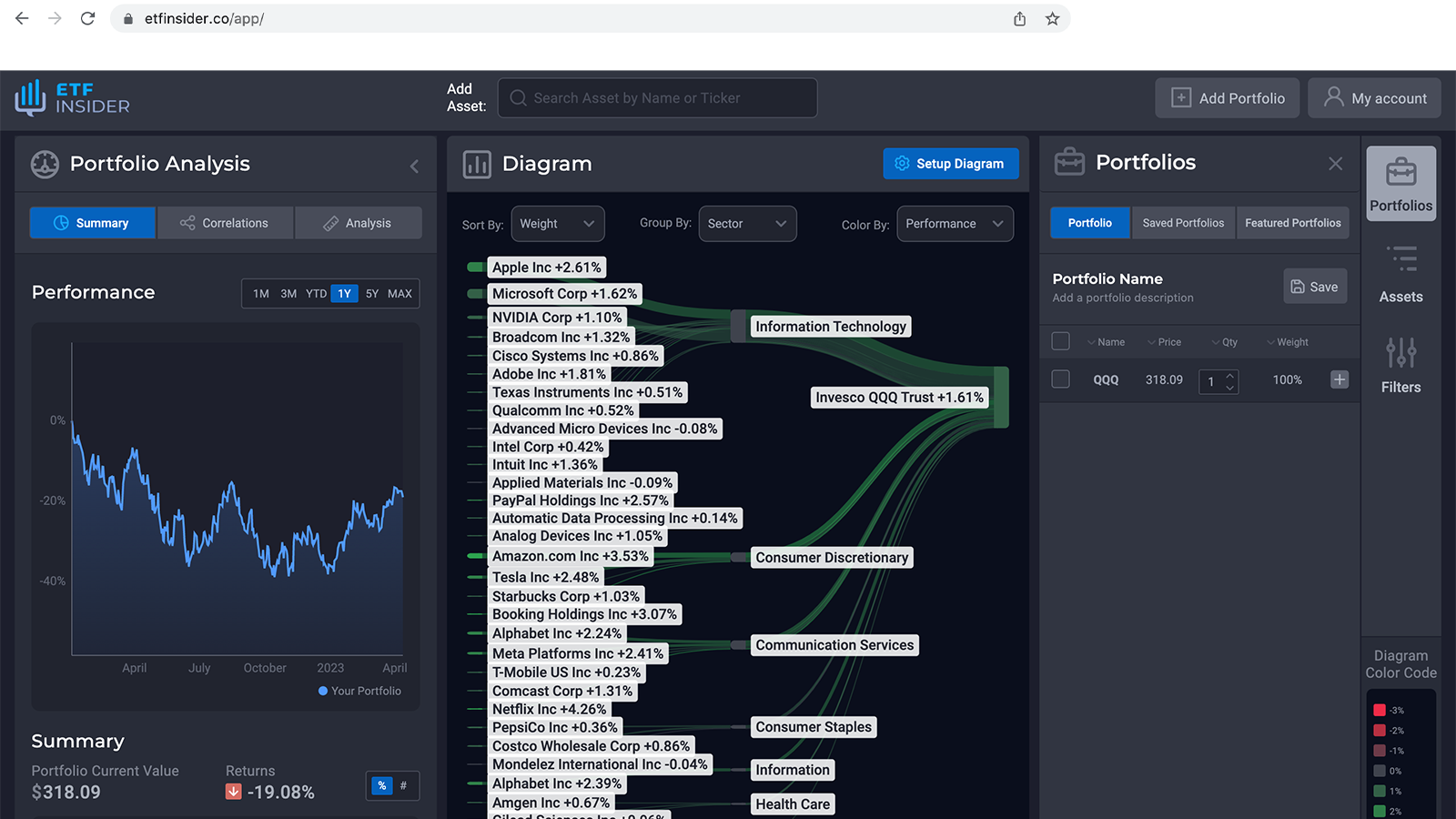
Key Things to Consider Before Averaging Down
Most companies and ETFs are still down compared to their highs in early (January) last year. If you have been investing since then, there is a good chance some or even all of your portfolio is in the red. So the question remains, is it better to buy even more or cut your losses?
Before we proceed, let's first define what is "averaging down" in the first place. Simply put, averaging down is purchasing additional shares of a stock or ETF when its price has declined after you originally bought it. In essence, this helps lower your average share cost, potentially setting you up for a more significant profit when the price recovers since your total average cost has, quite literally, averaged down.
For illustration, let’s say you bought ten shares of stock $A last year at $100. However, because the market has gone down, the current market price is now at $90. If you decide to "average down" now and buy an additional 100 shares at $90, then this brings down your average cost for stock A to $95 from $100.
As you can imagine, this is great if stock A recovers and go up in price months or years from now (as long as you're still holding it). Regardless, this also presents a massive financial risk. Thus, in this article, we will explore five crucial factors you must consider before deciding to average down on your stocks and ETFs.
1. Fundamentals
First and foremost, before averaging down, it's essential to reevaluate the fundamentals of the company or ETF you are considering. For a stock, some of the most important fundamental metrics are its financial health, competitive position (how it compares to its peers), and overall growth prospects.
For ETFs, it's important to reassess their underlying holdings and how the ETF compares to other ETFs in the same industry. If the fundamentals remain strong or, in fact, have not changed, averaging down might be a viable option. However, if you discover that the fundamentals have weakened, it might be best to reconsider.
2. Market Condition
Second, the overall market condition plays a huge role in why the stock or ETF may be down. For example, during economic and market downturns or bear markets, even high-quality stocks and ETFs may experience a significant decline. In such cases, averaging down could be a reasonable strategy (especially if you have identified in point #1 that their fundamentals have not changed).
However, if the stock or ETF is underperforming in a bull market or when compared to its peers, it could signal underlying issues that you need to take a look at.
 NASDAQ Holdings (ETF Insider web-app)
NASDAQ Holdings (ETF Insider web-app)
3. Company/Industry Outlook
Third, after considering the fundamentals and market condition, it is equally important to look at the long-term outlook of the company or industry represented by the ETF. Are there factors suggesting strong growth potential despite the drop in value? Or is the drop reflecting a less favorable future?
If the company or industry remains to have a positive outlook and can, in fact, capitalize on future growth opportunities, averaging down may present a good opportunity to accumulate shares at a "bargain." On the other hand, if the outlook is less favorable or uncertain, it might be better to avoid averaging down and look for other investment options/vehicles (see the next point why).
4. Opportunity Cost
In relation to #3, remember that when you choose to average down, you are technically allocating more of your investment capital to a stock or ETF that has been going down in value. As such, it's essential to weigh the opportunity cost of not investing that capital elsewhere.
Ask yourself, are there other long-term investment opportunities available that could potentially offer more attractive returns that are within your investment objective?
5. Emotional Factors
Last but not least, a common pitfall of averaging down is the desire to "get even" with a losing investment, which can cloud your rational judgment. Hence, many investors do not even consider looking at the first four points of this article and just buy even more to double down on their investments. In finance, this is called a "sunk-cost bias," which is our tendency to hold on and pour more into something we've invested money, effort, or time, despite the current costs outweighing the benefits.
Remember that investment decisions should be made objectively, not emotionally. If your decision to average down is driven by emotion, don't hit the buy button until you can do your due diligence. Ask yourself if you would invest in the same asset at its current price if you didn't already own it. If the answer is no, then averaging down is not the right move, and you might be experiencing a sunk cost bias.
Conclusion
At the end of the day, averaging down is a risk that you have to weigh before pros and cons before implementing. By considering these five key points, you will be in a better position to decide whether you should or should not average down on your portfolio.
Fortunately, there are now intuitive and sophisticated portfolio management tools, such as ETF Insider, that can help you build a resilient and well-diversified investment portfolio that can weather the ups and downs of the market over a long period of time and ensure that you are on the right track of your investing journey.
Get started